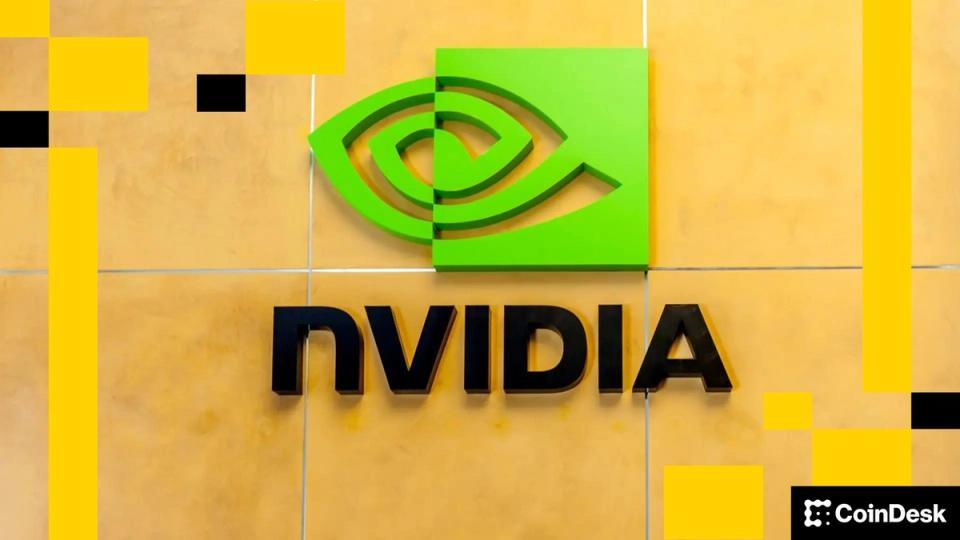Investment bank Jefferies indicated that the recent increase in gold prices cannot be solely attributed to traditional factors, pointing to Tether as a significant new buyer.
Data from attestations and on-chain activities reveal that the stablecoin issuer has accumulated a considerable amount of bullion in recent months, tightening supply and contributing to the sharp price rally, according to Jefferies’ Thursday report.
The precious metal has surged over 50% this year, currently trading around $4,080 per ounce.
Jefferies initially highlighted Tether’s interest after the company engaged with miners and royalty firms in Denver last fall, with discussions revealing Tether’s intention to acquire approximately 100 tons this year. Public remarks from CEO Paolo Ardoino about increasing gold reserves and a $1,000-per-ounce price spike reinforced this notion.
Analysts led by Andrew Moss estimated that Tether held at least 116 tons of gold by the end of the third quarter, with 12 tons backing its XAUt token (valued at around $1.57 billion) and about 104 tons backing USDT (estimated at approximately $13.67 billion), making it the largest non-sovereign holder globally, comparable to smaller central banks. XAUt currently has a market cap close to $1.5 billion.
The rate of accumulation is noteworthy — roughly 26 tons in the third quarter alone, equivalent to about 2% of global demand, the analysts reported. While this may not significantly impact central bank flows, it likely constricted near-term supply and enhanced bullish sentiment.
Tether is projected to continue its accumulation as USDT expands and gold remains approximately 7% of its reserves, the report outlined. With Ardoino forecasting a $15 billion profit by 2025, analysts calculated that even allocating half of that to bullion could result in nearly 60 tons added annually.
The proposed GENIUS Act-compliant stablecoin, USAT, will not necessitate gold reserves, leading to uncertainty about its long-term influence on USDT and gold demand.
Analysts also noted Tether’s increasing investments within the gold sector, with more than $300 million channeled into royalty and streaming companies this year. The bank views these stakes as further evidence of a comprehensive metals strategy. The recent recruitment of two leading metals traders from HSBC suggests that Tether’s focus on gold is intensifying.









